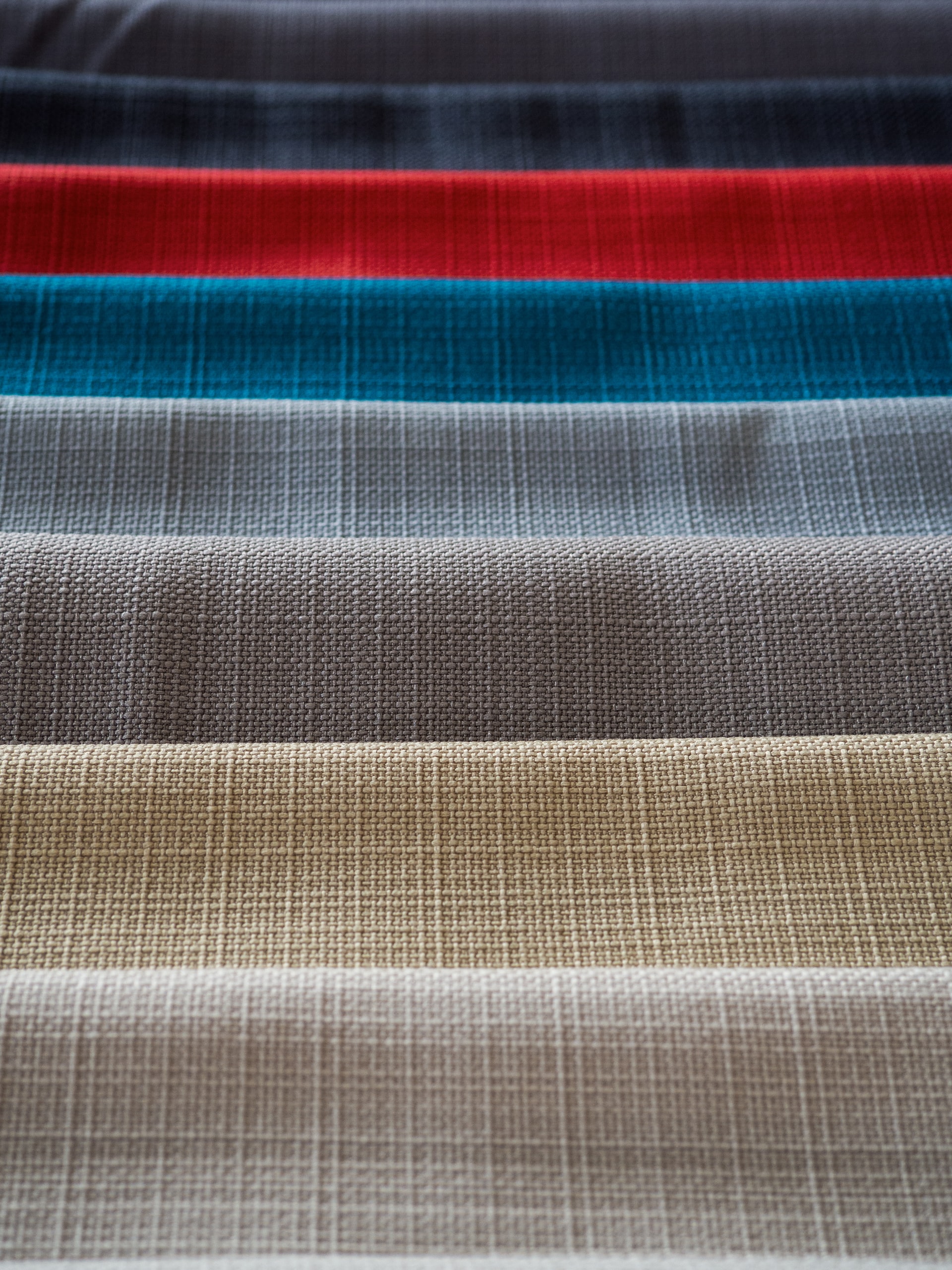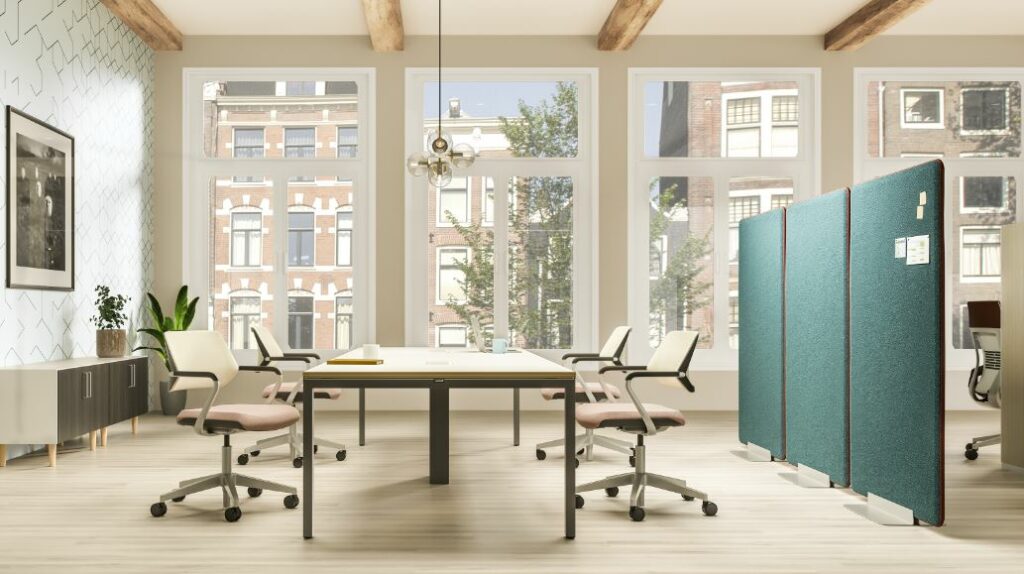
What are acoustic screens? Is it designed as a barrier to restrict noise transmission from a noise source to a receiver of the noise. Is the term acoustic screens meant to isolate sounds from leaving a room and going into another part of the same room or leaving to enter an adjacent structure. Acoustic screens could be the screen in front of microphones sometimes referred to as a pop filter. The term acoustic screens can have numerous meanings and applications.
Let’s divide the term acoustic screens into two main parts. Let’s look at microphone screens and also a barrier screen type that is used to reduce the direct energy from a source. Both are acoustic screens but have completely different functions.
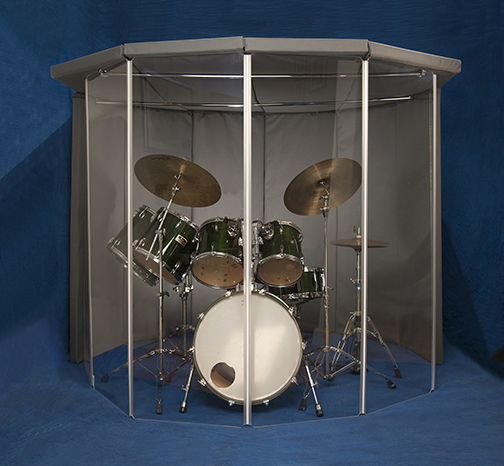
Understanding Acoustic Screens and Their Impact on Recordings
An acoustic screen that is designed to reduce the transfer of energy from say a drum or vocal is essentially a barrier technology. A barrier technology is designed to reduce the energy say from a drum to a microphone. An acoustic screen could also be a moveable panel that can be placed around a vocalist to minimize the reflections from the room. One must be careful in using these types of acoustic screens since they can make the recorded sound sound much smaller and boxed in.
If you listen to today’s recordings of voice, you can tell most were recorded in small rooms, maybe even a closet. Voice wavelengths need space to travel before being stopped by a wall or other object. If the frequency wavelength does not have enough distance to travel, then it will fold back onto itself. This folding back on itself produces audible distortions at middle range frequencies.
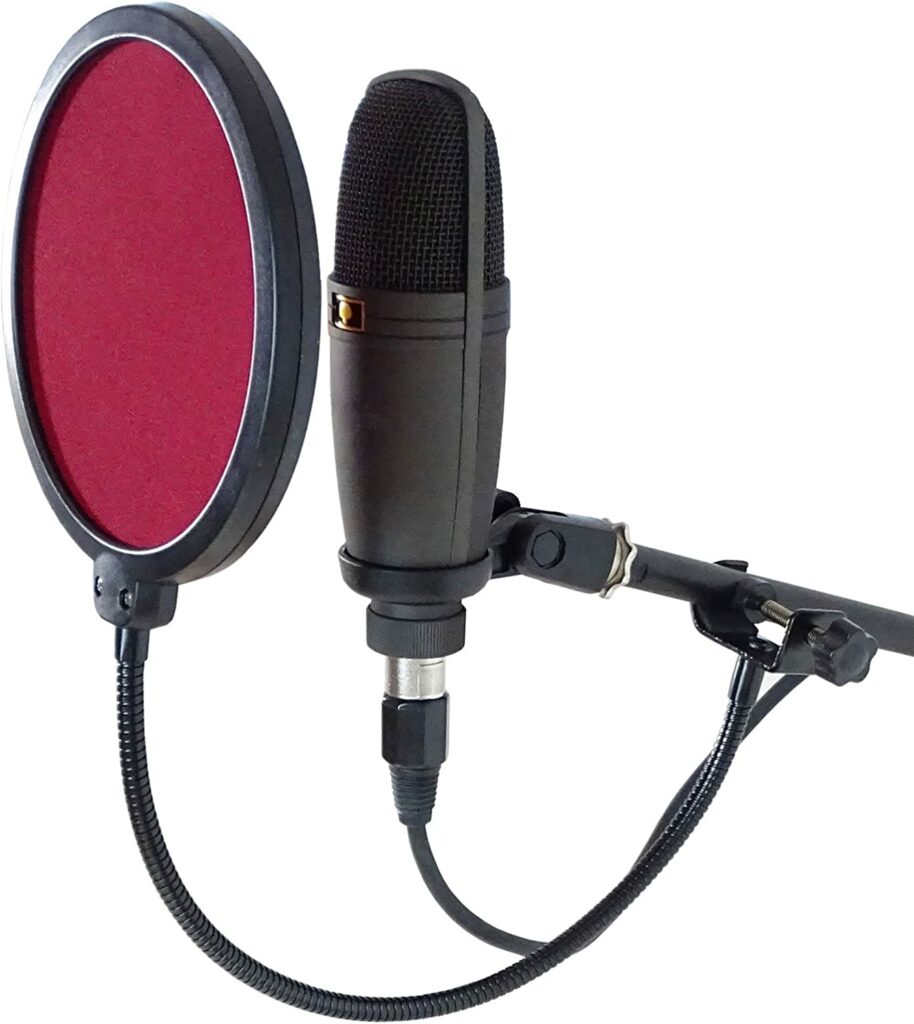
Different Types of Acoustic Screens: From Filters to Barriers
Another form of acoustic screen is the screen in front of a microphone. It is designed to minimize the transmissions of certain sounds from striking the microphone. It has perforated holes in the screen which will allow certain frequencies to go through and certain wavelengths to not go through. It can be viewed as an acoustic screen filter. When one searches for the term acoustic screen, you must qualify your search and be more specific.
You have acoustic screens that allow energy through and you have other types that act like barriers. They are barriers mainly for middle and higher frequencies. To create a barrier for any frequency we must first define the term barrier. A barrier is a structure that you build between a source of noise and usually yourself or some other individuals which we term receivers. A barrier is a structure inserted between source and receiver.
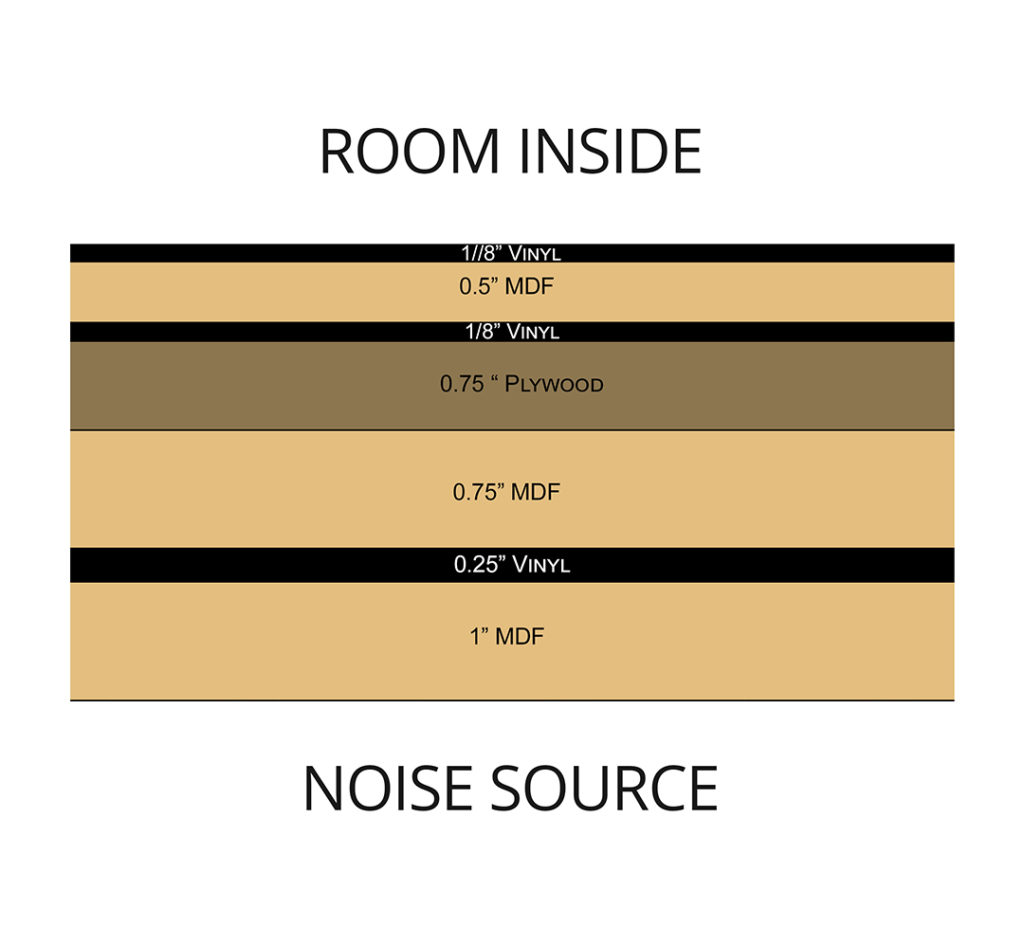
Understanding the Importance of Frequency and Amplitude in Noise Barrier Design
Every barrier design is dependent on the frequency and amplitude of the source noise. Every material type used inside the barrier is frequency and amplitude dependent. The barrier construction methodology is frequency and amplitude dependent. With all of these variables to consider it is critical that all noise issues be measured for frequency and amplitude. All noise must be measured over a seven day time frame so you have a good sonic picture of what days the noise issues are the strongest and at what frequency they lie.
Noise issues below 125 hz. require a completely different barrier material and design than noise above 125 hz. Lower frequency noise such as the 6 am garbage truck requires a barrier made out of concrete and brick. Noise above 125 hz. is voice noise and the barrier for noise above 125 hz. can be achieved using a wood frame with our barrier sandwiches. At Acoustic Fields we have a noise measurement process using your phone.
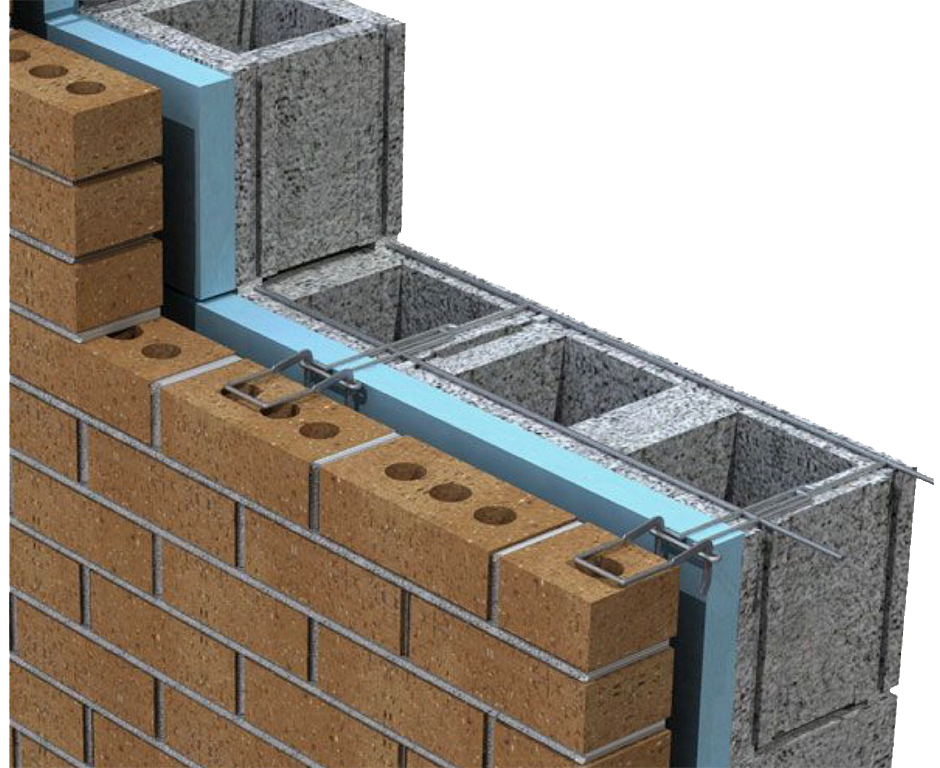
Customized Room Design for Effective Noise Management
If we have noise that is in the vocal range, we can frame out our room with 2″ x 8″ studs. In between the studs, we will place a series of layered sandwiches of materials. Each layer of material is chosen based upon the noise numbers taken. The density of each material and the way it is arranged within the sandwich is entirely based upon the frequency and amplitude of noise numbers taken on the loudest day during the seven days of noise numbers taken.
When we take noise numbers, we are looking for the loudest day at the lowest frequency. We call that the maximum. The quietest day at the highest frequency is termed the minimum. If we design the barrier to manage the lowest frequency on the loudest day, we will have the minimums covered.


